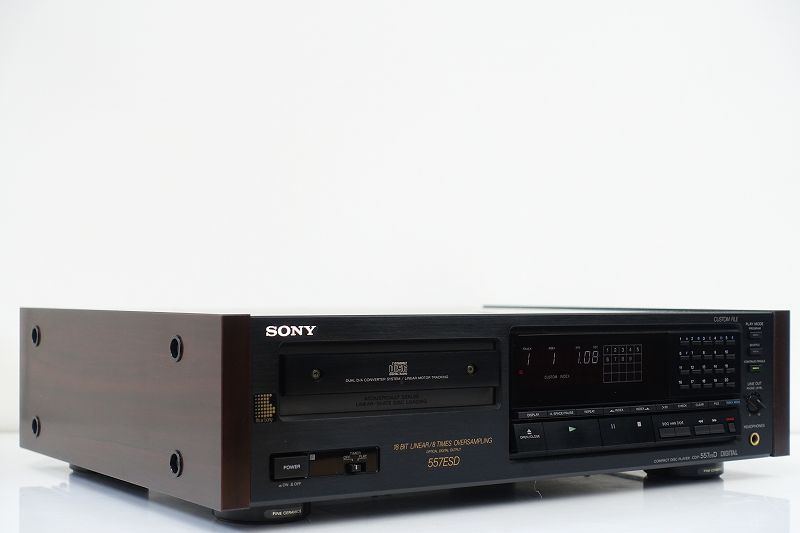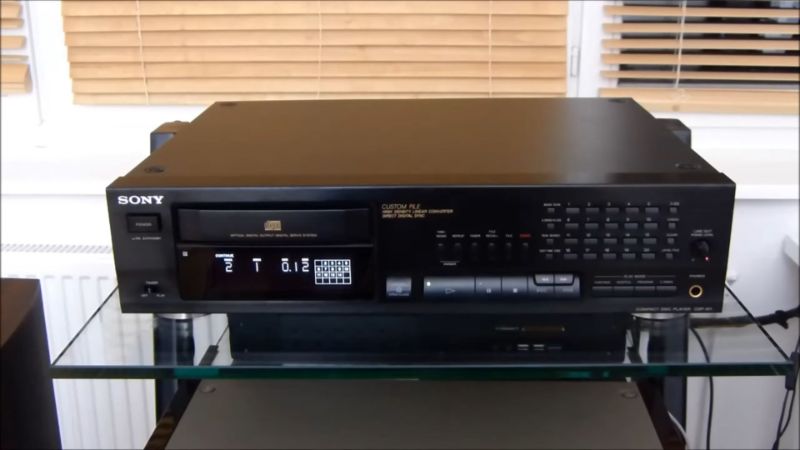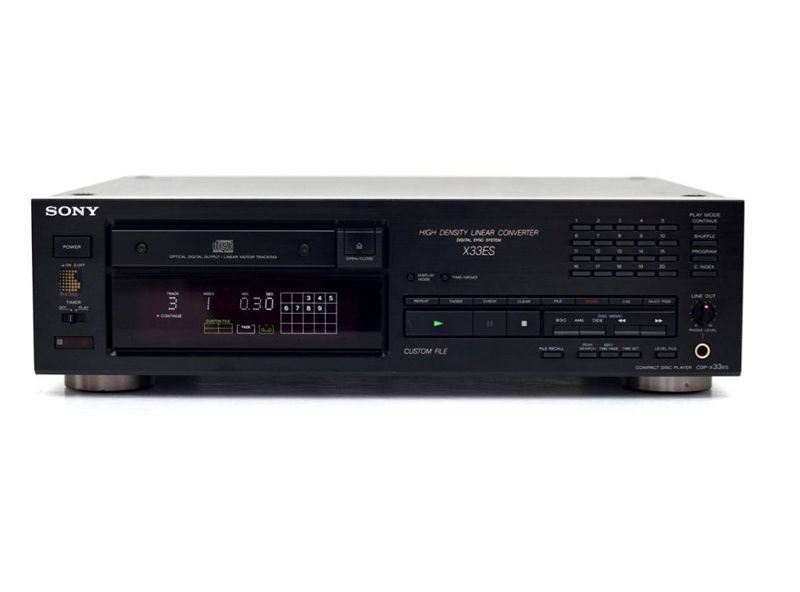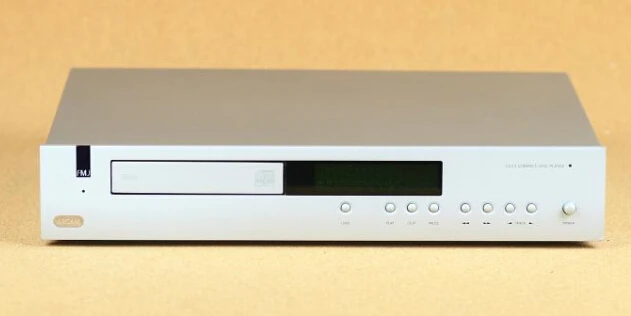Is this high-end model from Marantz is as good as its cheaper siblings? Consider the market for CD players without Marantz. Isn’t it impossible?
A key driving force would be lost, much like The Beatles without John Lennon. Marantz has always been a class act, taking use of its parent company’s cutting-edge, straight-from-the-CAD technology. BitStream was the only exception, at least until the relatively recent arrival of the Marantz CD-52. While Philips’ release of 16-bit DACs and later four times oversampling provided Marantz with a plethora of quickly grasped chances in the late 1980s, BitStream proved to be a more difficult nut to crack.
Marantz’s multi-bit CD players, especially at the top of the line, somehow eclipsed its Pulse Density Modulation machines. The Marantz CD-94 was praised, and the Marantz CD-12 was loved, but the BitStream rivals all seemed to suffer from high resolution blandness, a typical but paradoxical feature.
The Marantz CD10 is the company’s response to what must be considered fair criticism. The lack of new Philips digital-to-analogue converters has relieved some of the pressure on Marantz’s design engineers, allowing them to focus on improving the performance of the BitStream components they already know. The end product appears to be excessive. From a DAC7 and a 20-bit, eight-times oversampling digital filter to the latest Marantz die-cast alloy professional laser mechanism and anti-vibration design, the Marantz CD-10 has it all.
A cynic may claim that this is par for the course. The way everything comes together to fulfil Marantz’s aims of minimal distortion, high resolution, wide dynamic range, and outstanding stereo image isn’t quite so predictable. The Philips CDM-4 mechanism’s goal is to position the single beam laser pickup, which is mounted on a magnetically driven swing arm, above the CD with precision.
One micron precision is promised. Although the Open/Close mechanism does not break any speed records, the laser immediately gets to work locating predefined tracks. To avoid missing the first few seconds of the track, set the volume level. While we’re on the issue of user cases, the lack of a cue/review control on the facia is surprising, and the placement of the few controls isn’t optimal. Why is Stop placed so close to the Track select buttons? Instead of diagonally opposite, I’d have thought Play would make more sense here. Marantz has included a Display Off option, which is a benefit. But what are the functions of the FTS and Repeat buttons?
This is a high-end player. Most of the hardcore audiophiles I know are turned off by gadgets. The construction’s sturdiness is going to be a big hit. How many CD players do you know with 3mm thick alloy top and bottom plates, a zine aluminium metal alloy chassis frame, and heavy-duty side panels (zamac) thrown in for good measure? This has got to be one of the least vibration-prone $1000 CD players ever. The signal is subjected to third order noise shaping after it has been digitally filtered. Non-inverted and inverted inputs are handled by dual differential DAC7s for both the left and right channels.
As a distortion self-cancelling device, the player employs two DAC7 chips. In order to achieve high resolution and the remarkable melodic detail and transparency expected of a CD player at this price level, Marantz’s implementation of DAC7 isolates the analogue from the digital stages of processing. The use of specialized and ‘optimized’ power supplies maintains the isolation of the digital and analogue circuitry. All of the local supplies are fed by the mains transformer, which is connected to the 240V/50Hz source through oxygen-free copper cable and a molded two-pin plug. The Marantz CD-10 is a serious businessman, judging by its interior construction, build quality, and overall chunkiness.
I turned it on but turned off the music for a few days until I was confident that its nether regions had properly warmed up. It was clear that the method had worked off when I eventually pushed several CDs forward for its enjoyment. When I played familiar CDs on the Marantz CD-10, they took on a new life. They appeared to have been fed via a dynamic range expander. This was initially pretty alarming. There were often acres of extra space when huge floods of sound replaced neat, orderly, compartmentalized presentations.
The best current ECM jazz records, on the other hand, were characterized by almost indescribably rich percussion details and rhythmic intensity. It’s a unique combination: the Marantz CD-10 delivers unprecedented detail, a true sense of acoustic space, and gives individual instruments a tangible weight.
However, there is a disadvantage to having such high resolution data. The Marantz CD-10, like the best monitor speakers, tells you not just what you want to hear in music but also a lot about album creation that you might like to ignore. Details include the Mobile Fidelity release of Cat Stevens’ album Tea for the Tillerman’s oddly treble-accentuated mastering and the furiously magnificent violin sound on the Bychkov/DG recording of Mendelssohn’s Italian Symphony.
Exhilarating hi-fi isn’t necessarily the most soothing or comfortable method to listen to music. When listening to the Marantz CD-10 over the Unison Research 845 Absolute amplifier and Snell Type K/II loudspeakers, this was undoubtedly true at times (with Audio Note silver cable throughout).
Despite exposing certain technical flaws in Miles Davis’ Round Midnight, the Marantz CD-10 emphasized the album’s excellent performance and sound engineering. The occasional tape rip could be heard, but this didn’t detract from the incredible depth and raw intensity of this 1960s jazz masterpiece. Such a beautiful space and mood. The trumpet, sax, percussion, and bass all have a lot of weight and strength. Unfortunately, playing every track from the Rain Tree Crow CD was not safe.
The sibilance in Sylvian’s voice pierced the air at times. However, several of the other tracks’ percussion, voice, and synth lines were captivating, implying a less-than-perfect recording consistency from track to track on a mostly well-engineered jazz/rock album. The way the Marantz CD-10 handled Pavarotti caught me off guard. His performance of the aria Che Gelida Manina from La Boheme with Karajan and the LPO isn’t one of Decca’s best, but the Marantz CD-10 retained more of the grace and melodic integrity on this disc than other CD players.
The orchestra accompanied Pavarotti with more than the superficial approach I’m often constrained to accepting, but the larger-than-life voice of Pavarotti, sobbing and all, nevertheless dominated. The Marantz CD-10 is, in the end, that rarest of CD players: a machine that can resolve the tiniest of subtleties without driving you insane.
The CD-10 captures a surprisingly wide dynamic range thanks to its superb build quality and precise engineering. If some albums sound overpoweringly acute, I assume this is due to flaws in the creation of those discs more than a problem with the Marantz CD-10. Despite this, several of the less-than-perfectly recorded discs were a revelation. This player has an amazing ability to separate recorded acoustics, instrument detail, and the rhythmic pulse of musical performances. The Marantz CD-10, like a decent monitor speaker, opens the door wide. Check to see if the rest of your system can handle anything that flies in!







